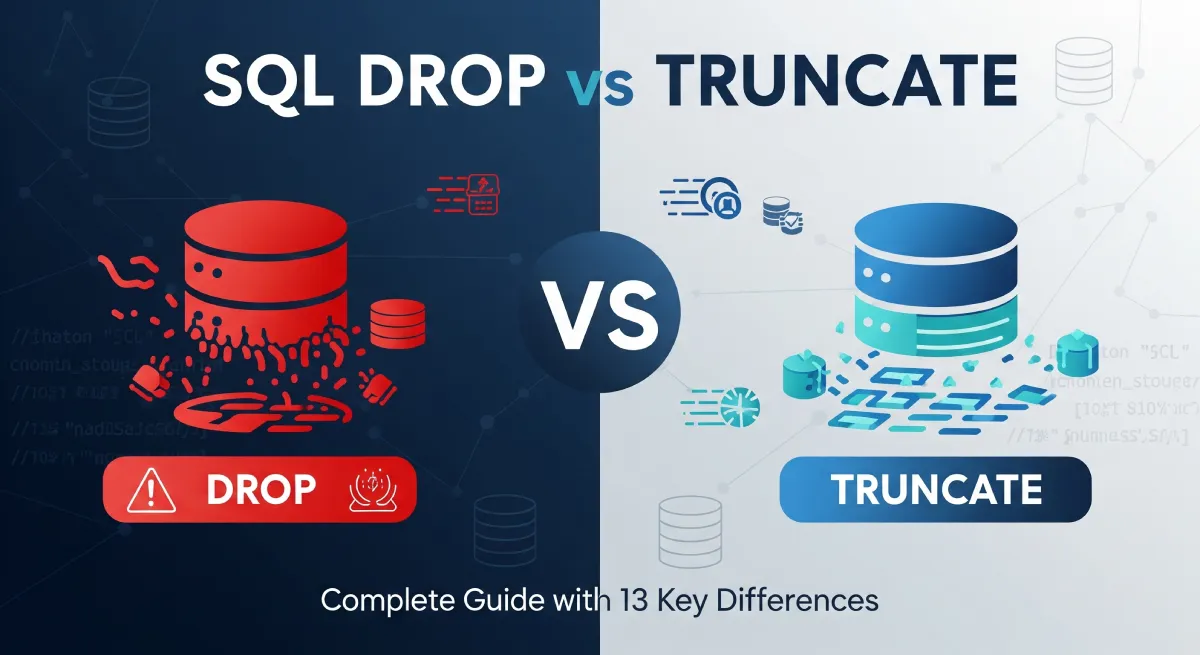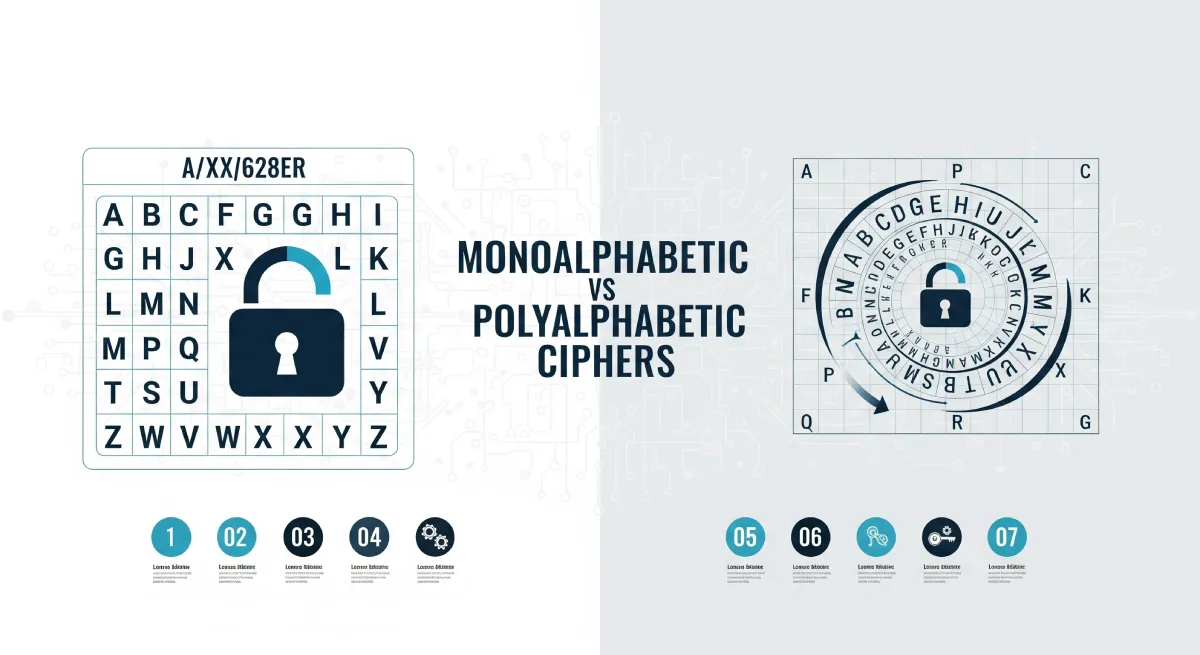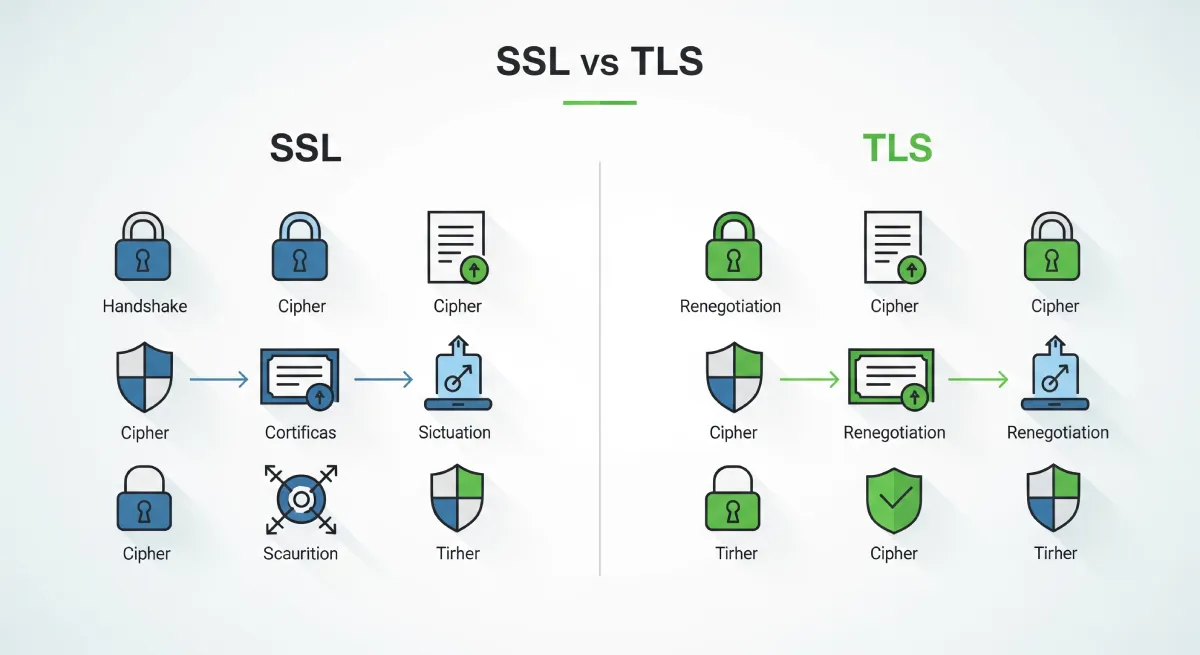Introduction
In the world of wireless communication protocols, two prominent contenders have emerged: Pure Aloha and Slotted Aloha. These two protocols have revolutionized the way data is transmitted and have become integral components of modern networking systems. In this comprehensive article, we delve into the intricate details of Pure Aloha and Slotted Aloha, uncovering their nuances, strengths, and weaknesses. By the end of this article, you’ll have a profound understanding of these protocols and be equipped with the knowledge to make informed decisions for your networking needs.

Understanding Pure Aloha
Pure Aloha is an early contention-based protocol that operates in an uncontrolled environment, where multiple devices can transmit data simultaneously. Developed at the University of Hawaii in the 1970s, Pure Aloha relies on a simple principle: devices can transmit data at any time without coordination. However, this lack of coordination introduces challenges such as collisions and inefficiency.
Advantages of Pure Aloha
Pure Aloha has its own set of advantages. Firstly, it allows for immediate data transmission, as devices can send packets whenever they have data to transmit. This real-time transmission capability makes it suitable for applications where low-latency is critical, such as voice and video communications.
Secondly, Pure Aloha is relatively easy to implement and requires minimal overhead. Its simplicity makes it an attractive choice for simple network setups or resource-constrained environments.
Limitations of Pure Aloha
Despite its advantages, Pure Aloha suffers from certain limitations. The lack of coordination leads to frequent collisions, where two or more devices transmit simultaneously, resulting in data loss and inefficiency. Moreover, Pure Aloha does not provide any mechanism for managing contention or prioritizing devices, which can lead to congestion and reduced overall throughput.
Exploring Slotted Aloha
In response to the limitations of Pure Aloha, Slotted Aloha was introduced as an improved version of the protocol. Slotted Aloha divides time into discrete slots, allowing devices to transmit data only at the beginning of each time slot. This structured approach mitigates collisions and enhances overall efficiency.
Benefits of Slotted Aloha
Slotted Aloha offers several key benefits. By introducing time slots, collisions are minimized, resulting in increased data reliability and throughput. The structured nature of Slotted Aloha also enables more efficient use of available bandwidth, making it ideal for scenarios with multiple devices contending for transmission.
Additionally, Slotted Aloha provides a framework for implementing acknowledgment mechanisms, allowing devices to detect and retransmit lost packets. This feature enhances data integrity and enables error recovery.
Drawbacks of Slotted Aloha
Despite its advantages, Slotted Aloha is not without its drawbacks. The reliance on synchronized time slots introduces the need for precise timing coordination among devices. In scenarios with high device density or variable transmission rates, maintaining synchronization can be challenging. Additionally, the overhead of slot allocation and synchronization can reduce the overall network capacity.
Comparison: Pure Aloha vs Slotted Aloha
To provide a clear understanding of the differences between Pure Aloha and Slotted Aloha, let’s compare them in the following table:
Feature | Pure Aloha | Slotted Aloha |
|---|---|---|
| Transmission Approach | Uncoordinated | Time-Slotted |
| Collision Management | Frequent collisions, leading to inefficiency | Collisions minimized through slot-based structure |
| Throughput | Lower overall throughput | Higher overall throughput |
| Real-time Transmission | Immediate data transmission | Transmission restricted to time slots |
| Resource Requirements | Minimal overhead | Slot allocation and synchronization overhead |
| Congestion Management | No mechanism for managing contention | Improved contention management |
| Suitable Applications | Simple networks, low-latency requirements | Networks with multiple devices and congestion |
| Timing Accuracy | Not dependent on precise timing synchronization | Requires devices to be synchronized for slot-based transmission |
| Efficiency | Lower efficiency due to frequent collisions | Higher efficiency due to reduced collisions |
| Implementation Complexity | Relatively simple to implement | Requires more complex implementation with slot allocation |
| Error Recovery | No built-in error recovery mechanism | Allows for error recovery through acknowledgment mechanisms |
Which Protocol to Choose?
When deciding between Pure Aloha and Slotted Aloha for your networking requirements, several factors should be considered. If real-time transmission with minimal overhead is paramount, Pure Aloha might be a suitable choice. On the other hand, if improved efficiency, reduced collisions, and enhanced reliability are crucial, Slotted Aloha should be considered.
It’s worth noting that technological advancements have led to the development of more sophisticated protocols, such as Carrier Sense Multiple Access (CSMA) and its variants. These protocols incorporate elements of both Pure Aloha and Slotted Aloha, along with additional features to optimize network performance.
FAQ – Pure ALOHA vs Slotted ALOHA
What is Pure ALOHA?
Pure ALOHA is a simple communication protocol where a user can transmit data at any time without checking if the channel is free. If a collision occurs, the system waits for a random time and retransmits the data.
What is Slotted ALOHA?
Slotted ALOHA improves Pure ALOHA by dividing time into equal slots. Users can only transmit at the beginning of a time slot, which reduces the chance of collision and increases efficiency.
How does Pure ALOHA work?
A user sends data whenever it is ready. If a collision happens, the user waits for a random time and sends the data again. This approach can result in more frequent collisions due to the lack of coordination.
How does Slotted ALOHA work?
A user waits for the beginning of the next time slot before sending data. This coordination limits the time window in which collisions can occur, making the system more efficient than Pure ALOHA.
What is the efficiency of Pure ALOHA?
Pure ALOHA has a maximum efficiency of around 18.4%. This low efficiency results from the high probability of collisions when users transmit data randomly.
What is the efficiency of Slotted ALOHA?
Slotted ALOHA achieves a maximum efficiency of about 36.8%. By synchronizing transmissions to time slots, it nearly doubles the performance of Pure ALOHA.
When should you use Pure ALOHA?
Use Pure ALOHA in systems where simplicity matters more than efficiency and where traffic is low, such as in early wireless networks or simple sensor systems.
When should you use Slotted ALOHA?
Use Slotted ALOHA in environments where better performance and efficiency are needed, and users can synchronize to time slots, like in satellite and cellular communication systems.
Conclusion
In conclusion, Pure Aloha and Slotted Aloha have played significant roles in the evolution of wireless communication protocols. While Pure Aloha offers simplicity and real-time transmission, Slotted Aloha provides structured time slots, reducing collisions and improving efficiency. Understanding the strengths and limitations of each protocol empowers you to make informed decisions when designing or implementing wireless networking solutions.
As technology continues to evolve, new protocols will emerge, pushing the boundaries of what is possible in wireless communication. By staying informed and adapting to these advancements, you can optimize your network performance and achieve seamless connectivity.




It is very easy to understand and simple. Its very useful.
Great Post! Thanks for Sharing!